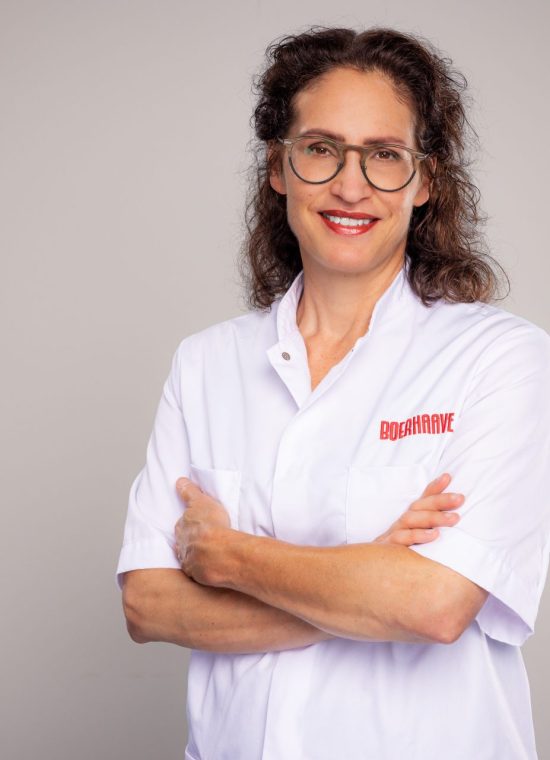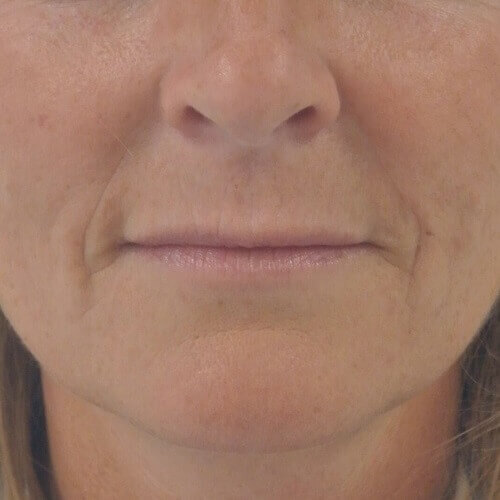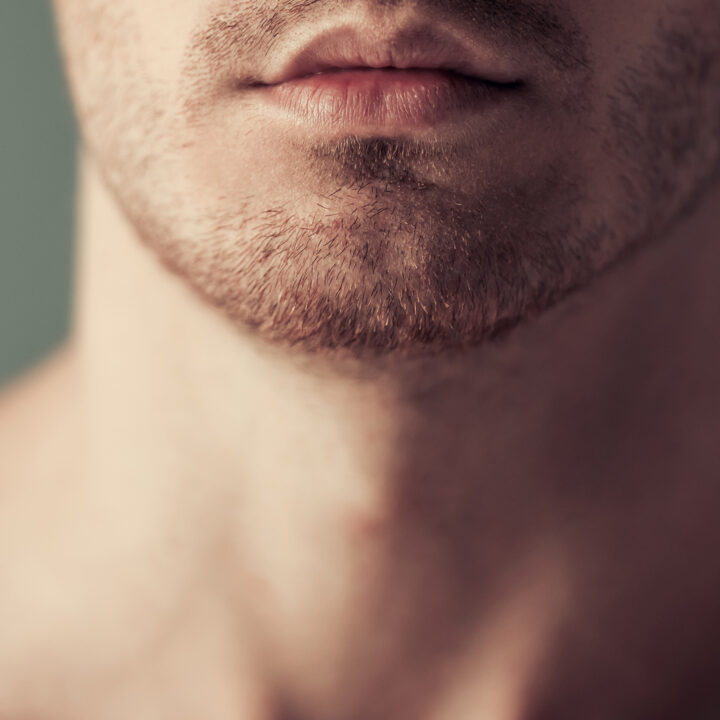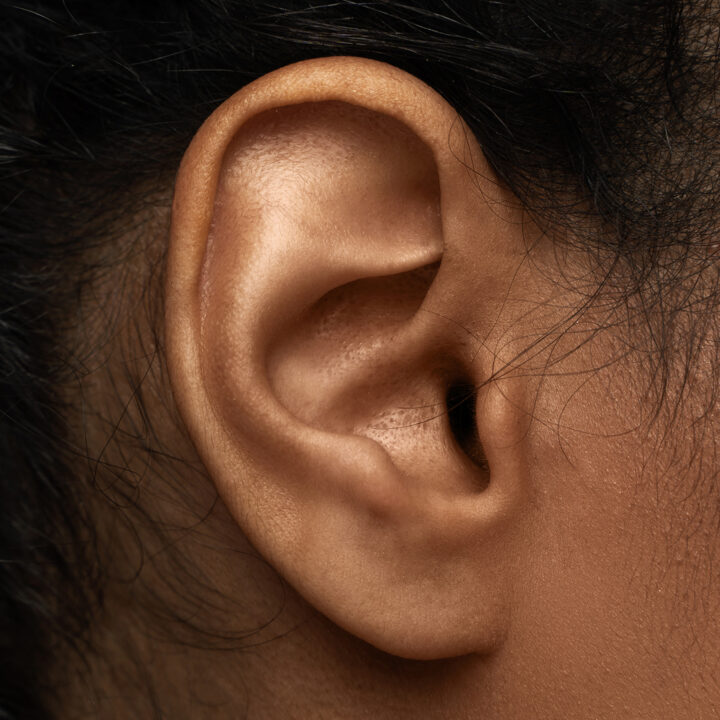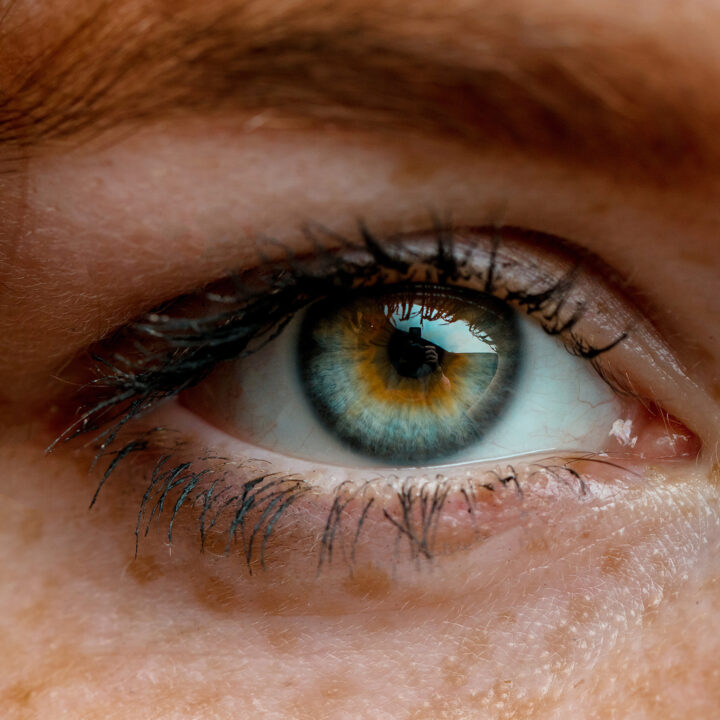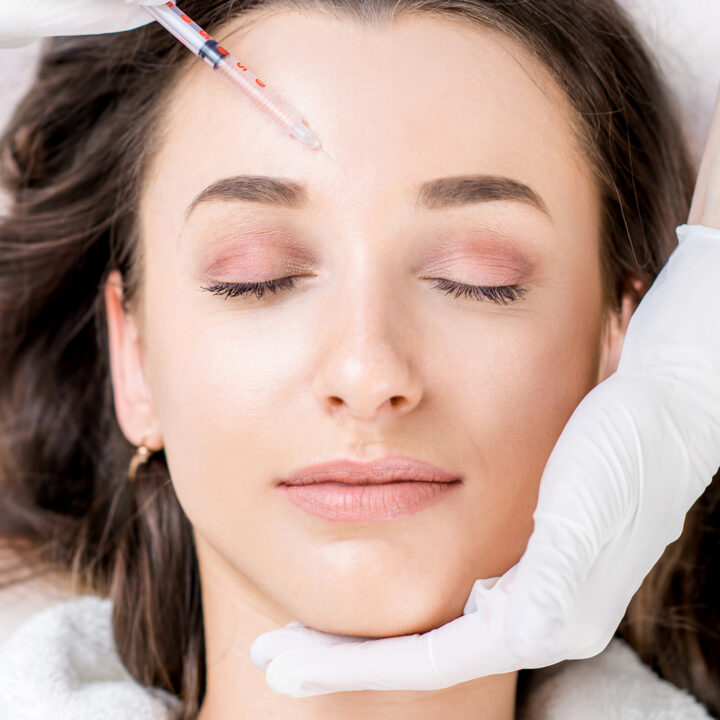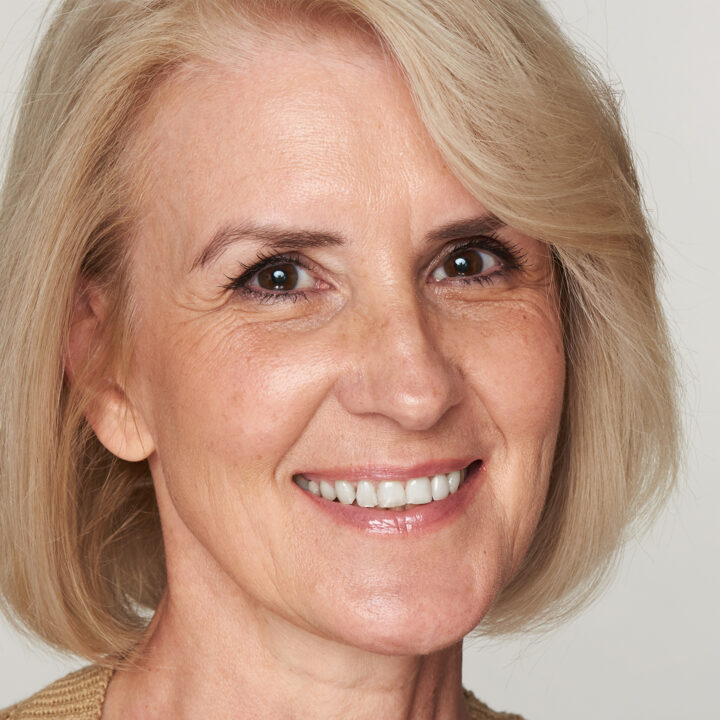Lip correction
Have you got really thin lips and would you like to have fuller lips? If you have sufficient volume in your lip(s), you can have it (or them) corrected with a lip lift. This procedure involves removing a strip of skin so that your lip can be pulled slightly outward. This means that more of the pink part of the lips (vermilion) is visible, giving the appearance of a fuller lip.
Are you interested in having a lip lift? You can arrange a consultation now or carry on reading below for more information, results and the corresponding costs.
What does the lip correction cost
We guide you step by step before, during and after treatment
01 Consultation
Plastic surgeon
The consultation is always held with the plastic surgeon who will be carrying out your procedure.
When you meet, you can discuss what you would like to have done and what you are looking for in terms of end results. The plastic surgeon will discuss a number of medical aspects with you and will then examine your lips. In front of a mirror, you will have the opportunity to tell them what you would like to have done and they will let you know if they can meet your expectations.
This will take about 15-30 minutes altogether.
Consultant
Following on from your first consultation, you will have an appointment with your consultant, during which you will be told about the general aspects to be arranged with respect to your lip lift.
Would you like to find out more about your first consultation? More information.
02 Procedure
A lip lift procedure is carried out under local sedation. In most cases, this means you will be free to go home half an hour after the procedure.
To achieve the results you are looking for, a strip of skin in your lip is removed. The skin and lip can then be pulled together and stitched. The wound is then taped with a small sticking plaster.
It should be noted that the scar from the procedure can always remain visible.
03 After care and recovery
As soon as the sedation starts to wear off, you may feel pain in your lip, which will be annoying but is often manageable. In the first couple of days, you may feel pain and pulling around your mouth. This happens because the skin is still under tension.
The treated area may stay red, swollen and sensitive or even numb for 1 or 2 weeks after the lip lift. These symptoms should not give cause for concern and will disappear after a few weeks. It is your body’s natural reaction as it recovers.
04 Results
You will notice that your scars will start to fade as you recover. Although they will become less visible, they will still be there. A scar takes 1 to 1½ years to completely calm down. It is therefore important to keep scars out of the sun, and treat them carefully.
At your first check-up with us at the clinic, you will be given a scar care cream to take home with you. Once the wound has closed and the scabs have disappeared, you can start applying the cream. If you apply this cream to the closed wound twice a day, you increase the chance of the wound healing nicely.
05 Risks and complications
The chances of any risks and complications arising from a lip lift are luckily rare. But it is important you are aware that every surgical intervention can entail risks and complications.
By providing you with plenty of information, taking a thorough medical history and applying our professional practices, we make sure these risks are reduced to an absolute minimum. You too can help reduce certain risks by carefully reading through the instructions you are given.
Possible complications may be:
- Haematoma (blood clot under the skin which has to be removed)
- Adverse reaction to the sedation
- Haemorrhaging
- Infection
- Change in sensitivity
- Permanently visible scars
- Damage to underlying structures
- Unsatisfactory aesthetic result.
Smoking
Patients who smoke or use tobacco or nicotine products at the time of their surgery have a greater risk of complications. It may also have a negative effect on the anaesthesia. If you are exposed to passive smoking, you may also have an increased risk of complications.
People who do not smoke and are not exposed to passive smoking have a significantly lower risk of complications.
More information
Plan your appointment now in our agenda or let us call you back.


